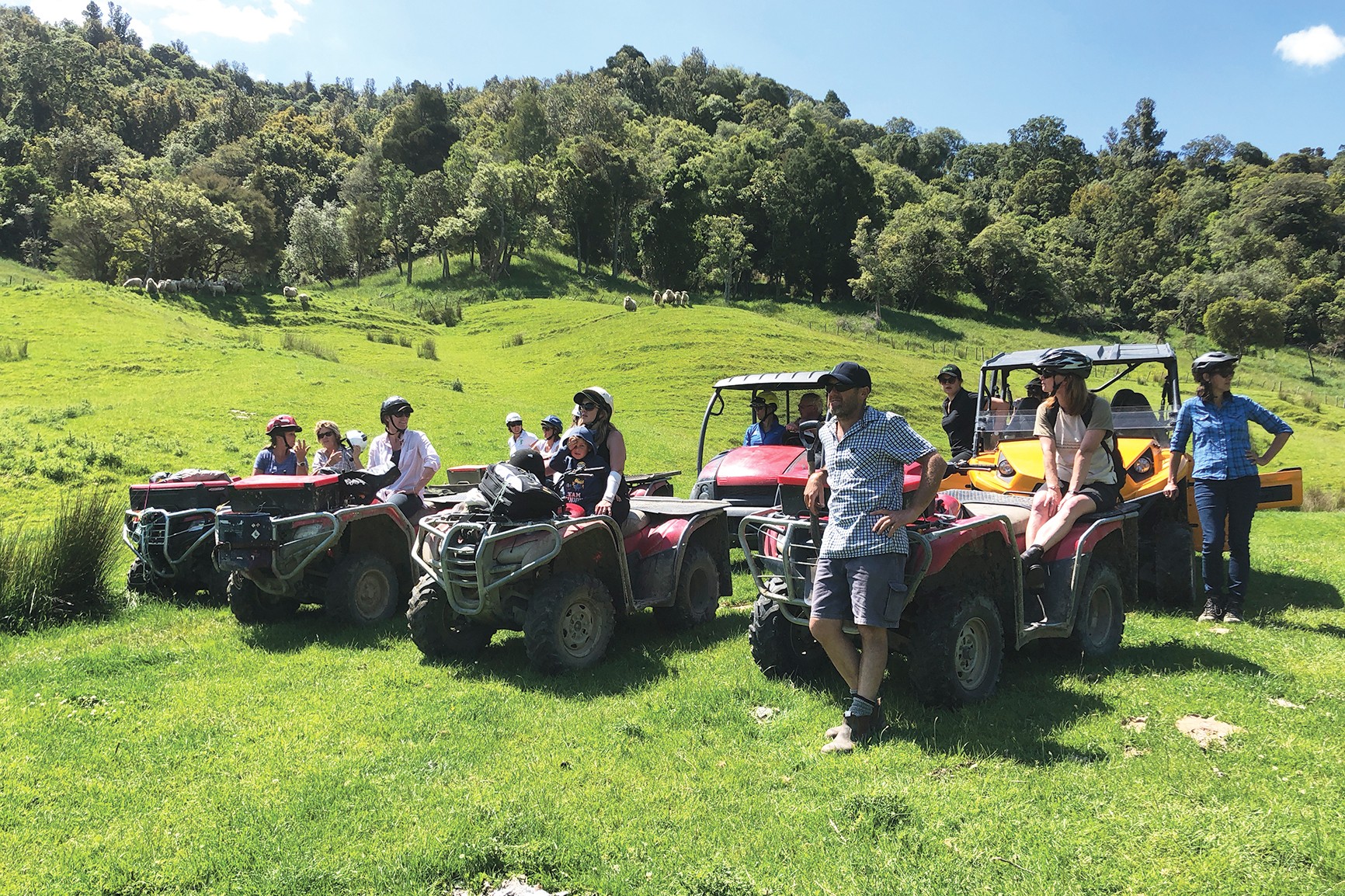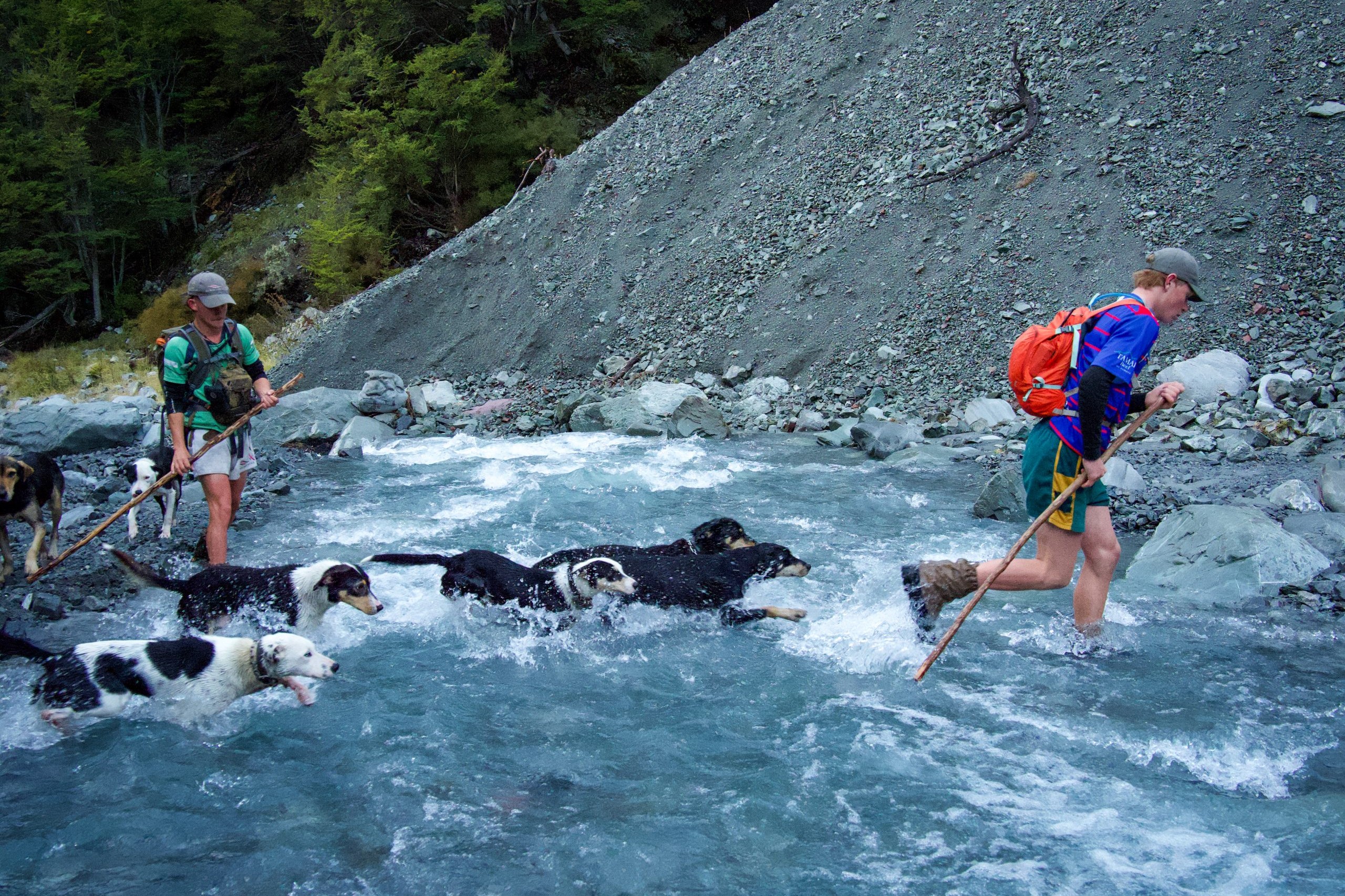Young sheep and cattle mums prove a challenge for Suzie Corboy in South Otago’s Catlins district.
Greetings from tropical South Otago. What an amazing winter. I am writing this in mid-September, and we have hardly seen any snow, hopefully it has stayed that way by the time you are reading this.
Our temperatures have been above normal, and I have been moving cattle fences with only two layers of clothing most of the winter. Paul was at a sheep breeder’s conference in August and many of the attendees were worried about how dry their soils are, but we have no concerns in the Catlins.
We have had plenty of rain in the past few months, and will be happy if we have very little rain until late October, when calving and lambing is well through.
We were a bit later than normal putting some of the 210 yearling cattle on to swedes and fodder beet, for a number of reasons, one of which was training them to stay behind a single electric wire, and as a result we still had about five hectares of fodder beet untouched on September 14. This has changed our normal spring grass management, and we are going to be able to calve on some of the paddocks that were in the original plan to be grazed by the yearlings, when they came off winter crops.
This has turned out very convenient this year, as some of our normal calving paddocks are bare ground just now, as they were used for swede and fodder beet crops.
We have 146 in-calf, beef heifers which start calving in the last week of September. Our normal management of these heifers is to quite heavily stock them in the paddocks near the cattle yards. We always hope that we don’t have to calve any or many heifers, but as we are calving them at 24 months old, and we aim to feed them well, so that they milk well, and are hopefully growing over winter, we are realistic that there will be a few needing some assistance.
This is why we use paddocks with easy access to the two lanes leading to the cattle yards, so it is relatively easy and quick to get them there.
As they calve and are shed from the calving paddocks, the heifers are spread out through the paddocks with triplet-bearing ewes, two-tooth twins and lambing hoggets, to help with pasture management through to lamb weaning in early January.
I check the calving heifers at least twice a day and shed off calved heifers as soon as I am happy the calf is fed, and it can walk fast enough to be manoeuvred out of the gate.
If I leave them too many days after calving the calves get fast on their feet, and more independent, and it becomes a bit of a circus, with the heifer going one way, normally in the right direction and the calf running anywhere, except towards the gate. This is followed by the heifer realising the calf is missing and her then running away from the gate. The calf seems to think this is all a game and runs even faster in the wrong direction and we end up at the wrong end of the paddock, or back where we started.
This daily shedding is not a job to be attempted when you are short of time, or running low on patience.
For example when you have just chased an ignorant lambing hogget in the previous paddock, that had a big head hanging out her back end, with no legs obvious, but the hogget had no intention of lying down and waiting for assistance. She thought it would be much more fun to run through the middle of all the already-lambed hoggets, mis-mothering them as she ran, then the lost lambs chase the four wheeler, as they do, for some strange reason.
Dealing with teenage ovine and bovine mums certainly has its challenges, and most years I think there must be easier ways to make a living, but every year we keep mating heifers and hoggets, so we must be slow learners.




